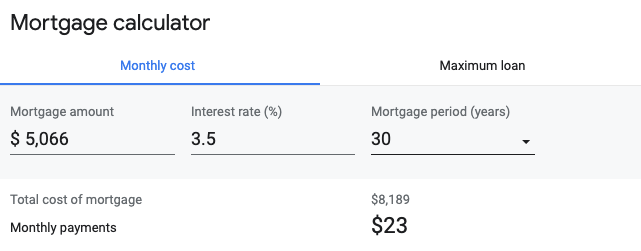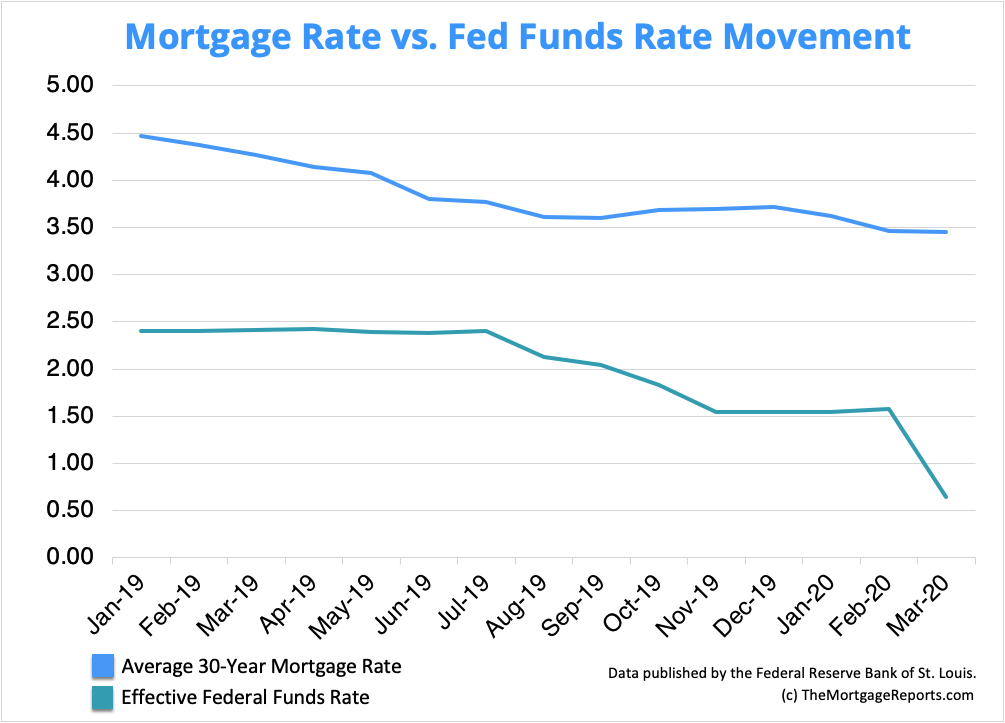
The margin is the difference between your interest rate and the index rate. 5/1 ARM mortgage rates are determined by the margin. The index rate fluctuates over time, but the margin is typically set at the start of the loan term and remains unchanged during the life of the loan. The margin will determine how much interest you will pay on the loan over its life.
15-year fixed vs 5/1 ARM
You should be aware of the differences between fixed 15-year rates and adjustable 5/1 mortgage (ARM) rates when shopping for a home loan. While the two types of mortgages have some similarities, there are some differences that are worth considering. A 15-year fixed-rate mortgage will have a fixed payment for its entire term. In contrast, an ARM will adjust its interest rate based on the mortgage document. This means that the payment will be adjusted every time the index value changes. Fixed-rate mortgages tend to have a longer term than ARMs. This can lead to them becoming more costly over the long-term.
Five-year adjustable rate mortgage rates are more expensive than 15-year fixed rate mortgages. This is due in large part to the lower interest rate on five-year ARMs since the mid-1900s. In 2006, the average 5/1 rate for ARM was 6.08%. In 2010, that rate fell to 3.82%. The 15 year fixed rate mortgage currently stands at 5.90% with an 0.1-point downpayment. In contrast, the 5/1 ARM is now at 5.36% with a 0.3-point-down payment.

Interest rate caps at 5/1 ARMs
The interest rate caps on 5/1 ARMs limit how much the interest rate can increase over the term of the loan. The index, the first-year's interest rate, and the margin reflect the caps. In some cases, the caps are set to increase once a year or once every two years. In some cases they will increase every five year.
In certain cases, the cap might not be applied to initial interest rate. The introductory rate is less than the rate that would be applied if the loan was a fixed-rate. In many cases, the initial rate is one percentage point lower than that which would be applicable at the end of the fixed five-year period. After the fixed-rate period has ended, however, the interest rate can be significantly higher than the initial rate. Most ARMs are equipped with an interest cap, which prevents this from ever happening. This can be either a daily or lifetime cap which limits the rate of interest increase over the loan's term.
The key to keeping monthly payments affordable is the interest rate cap on 5/1ARMs. The monthly payment will increase if the interest rate is higher. It is important that you check the interest rate caps for your specific situation.
Cost of 5/1 ARM loan
You should consider all possible consequences if you're considering a 5/1 ARM loan. You will be charged an interest rate which adjusts to market indexes when you take out this type of loan. These mortgages include caps that limit the rate at which interest rates can rise. The initial cap limits the rate at which the loan interest can increase for the first year. While the periodic cap limits the rate at which the loan will adjust, it is not possible to increase the rate by more than 10% per month.

The initial interest rates on 5/1 ARM loans are typically very low. This makes them attractive to short-term home owners. However, the rate is only fixed for five years, after which it adjusts based on the prevailing interest rate plus a margin. The financial sector is currently eliminating this type of mortgage. This process has been ongoing for the past year. It will continue until all lenders have stopped using this type loan. Changes to financial indices are among the reasons for this phase-out.
FAQ
What is a reverse loan?
A reverse mortgage allows you to borrow money from your house without having to sell any of the equity. It allows you access to your home equity and allow you to live there while drawing down money. There are two types: conventional and government-insured (FHA). You must repay the amount borrowed and pay an origination fee for a conventional reverse loan. If you choose FHA insurance, the repayment is covered by the federal government.
Is it better for me to rent or buy?
Renting is generally less expensive than buying a home. But, it's important to understand that you'll have to pay for additional expenses like utilities, repairs, and maintenance. The benefits of buying a house are not only obvious but also numerous. You will have greater control of your living arrangements.
What should you think about when investing in real property?
It is important to ensure that you have enough money in order to invest your money in real estate. If you don’t save enough money, you will have to borrow money at a bank. It is important to avoid getting into debt as you may not be able pay the loan back if you default.
You should also know how much you are allowed to spend each month on investment properties. This amount must cover all expenses related to owning the property, including mortgage payments, taxes, insurance, and maintenance costs.
Finally, you must ensure that the area where you want to buy an investment property is safe. It would be best to look at properties while you are away.
Statistics
- Private mortgage insurance may be required for conventional loans when the borrower puts less than 20% down.4 FHA loans are mortgage loans issued by private lenders and backed by the federal government. (investopedia.com)
- 10 years ago, homeownership was nearly 70%. (fortunebuilders.com)
- It's possible to get approved for an FHA loan with a credit score as low as 580 and a down payment of 3.5% or a credit score as low as 500 and a 10% down payment.5 Specialty mortgage loans are loans that don't fit into the conventional or FHA loan categories. (investopedia.com)
- The FHA sets its desirable debt-to-income ratio at 43%. (fortunebuilders.com)
- Over the past year, mortgage rates have hovered between 3.9 and 4.5 percent—a less significant increase. (fortunebuilders.com)
External Links
How To
How do you find an apartment?
When moving to a new area, the first step is finding an apartment. Planning and research are necessary for this process. It includes finding the right neighborhood, researching neighborhoods, reading reviews, and making phone calls. There are many ways to do this, but some are easier than others. Before renting an apartment, it is important to consider the following.
-
Online and offline data are both required for researching neighborhoods. Online resources include websites such as Yelp, Zillow, Trulia, Realtor.com, etc. Online sources include local newspapers and real estate agents as well as landlords and friends.
-
Review the area where you would like to live. Review sites like Yelp, TripAdvisor, and Amazon have detailed reviews of apartments and houses. You may also read local newspaper articles and check out your local library.
-
To get more information on the area, call people who have lived in it. Ask them what they loved and disliked about the area. Ask for recommendations of good places to stay.
-
Consider the rent prices in the areas you're interested in. If you think you'll spend most of your money on food, consider renting somewhere cheaper. If you are looking to spend a lot on entertainment, then consider moving to a more expensive area.
-
Find out about the apartment complex you'd like to move in. It's size, for example. What price is it? Is the facility pet-friendly? What amenities does it offer? Is it possible to park close by? Do tenants have to follow any rules?